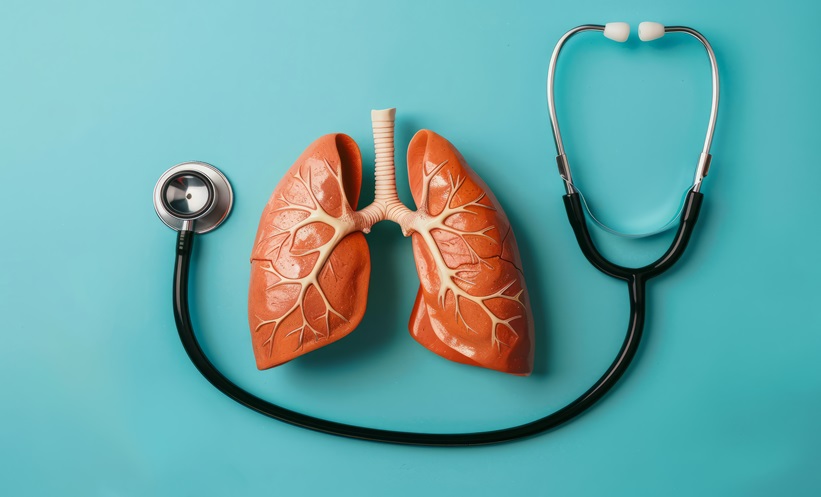A NEW Swedish study has shown that childhood body mass index (BMI) trajectories can have lasting effects on lung health, with certain patterns linked to reduced lung function by early adulthood. This research, part of the BAMSE birth cohort, analysed over 3,200 participants from birth to age 24, tracking their BMI changes and lung health to understand how early weight patterns influence respiratory outcomes.
The study identified six unique BMI development groups and found that participants with rapidly increasing BMI during childhood experienced poorer lung function at age 24. Specifically, this group had a lower FEV1/FVC ratio, indicating a reduction in airflow and potentially compromised lung health. Those with a consistently high BMI also exhibited lower lung function growth between ages 16 and 24 and higher lung clearance index (LCI) levels, which reflect lung health.
Participants whose BMI initially increased but later stabilised showed fewer negative effects on lung function, suggesting that early weight normalisation could support better respiratory health outcomes. Conversely, those with a persistently low BMI throughout childhood and adolescence had reduced lung function growth and lower overall FEV1 and FVC scores, indicating less healthy lung development.
The study also explored metabolic factors, identifying histidine-related metabolites as being associated with lung function, which may provide insight into underlying biological pathways that connect BMI patterns with respiratory health.
These findings suggest that maintaining a stable and healthy BMI from childhood could be key to supporting lung health into adulthood. The study points to the potential for early-life interventions focused on achieving a healthy BMI as a way to improve long-term respiratory outcomes.
Reference
Wang G et al. Body mass index trajectories from birth to early adulthood and lung function development. Eur Respir J. 2024;DOI:10.1183/13993003.00298-2024.







